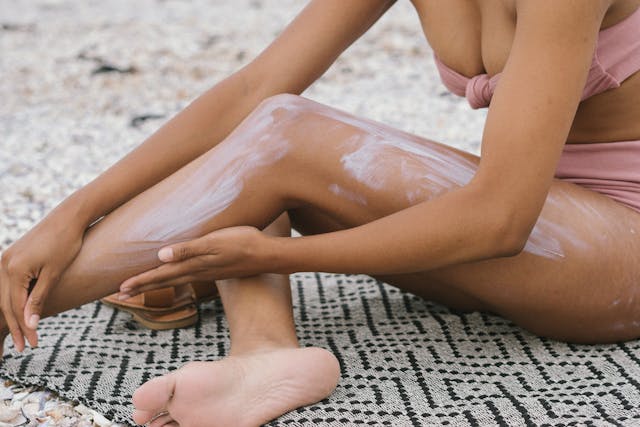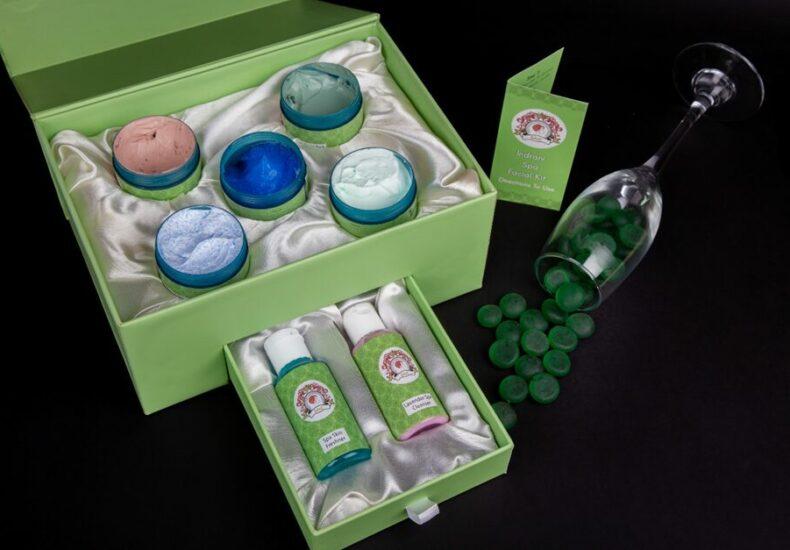

A common chemical contained almost everywhere in the industry of personal care artifacts of different kinds such as shampoo, shower gel, face wash and tooth paste is called Sodium Lauryl Sulfate (SLS). It’s an eternal mystery how soap is the secret weapon for the lush foams we all love, but the online world as if it is a betrayer in the beautiful innocent play, destructing the fragile ecosystem of our skin. Then, what’s the actual story we really need to tell about the SLS. There are many claims made about SLS-free cosmetics that promote a better skin health. Let’s see which of these are supported by science and which purely fiction are.
The SLS ingredient of this class of surfactants. Surfactants have from a molecular viewpoint two different parts, the hydrophilic “head” and the hydrophobic “tail” and the head loves water and the tail absorbes grease and dirt. Such a unique arrangement enables SLS units to be active in dealing with both oil and water-based compounds from the skin’s surface. Head is hydrophilic while tail is hydrophobic and it can dissolve in water while also attaching with oil, dirt and makeup. If the SLS had not suspended the dirt and oil particles in the water, they would already have been washed away leaving you with a clean feel.
The Science behind the Lather
Visualize your skin as a battlefield with every nook and cranny being a marker of unseen wars. On one side are the enemies: smudges, perspiration, makeup stains and even everyday skin dirt and dead skin. Hollywood is not the only one who is experiencing an onslaught of superhero films. On the defence side is SLS, a mighty warrior who wields a powerful super weapon. This kill-mechanism is the SLS molecule, which is Nano scale device holding split-personality as every other party. At one extreme of the molecule, the hydrophilic head camped out indicating water polarity. At one end, the hydrophilic head, has totally different mission, it craves water. And at the other end, the hydrophobic tail, has another mission – this non-polarity seeks oil and grease.
SLS molecules swerve into action as soon as your cleansing application would become damp. The hydrophilic noses of the kids immerged into the water bathing and enjoying. Hydrophobic tails, however, are not placid and they will try to get rid of all the water molecules surrounding them. Oil, Day and various other enemy no. 1 can easily find them as these are the places where women are looking for them. With the freshness, you will continue to take off popular soap increases the efficiency while lathering and massaging you would unite the hydrophobic chains to your crusaders greasing the foes left behind that are stuck in water.
As the halfway point nears, it is time for the rinsing process. Now, as you are streaming water, the warm current washes off the soap-molecular residue of dirt, oil and makeup particles with the SLS molecules along. The grammes of SLS that were once frustrated for not being able to form a water soluble bond with the oil loving tails are now happily uplifted along with the filth and washed away. The result? The sweet smelling and the clean feel of the skin having been renewed and is now wholesome again (either for the day or for the night).
The Potential Drawbacks of SLS
SLS is very capable of a thoroughly washing off hair but controversy around it damaging pocket of lipids in the skin is there. Such a barrier, which consists of the lipid skin cell layer and other body oils, is the first line of define towards the external factors such as air pollution, bacteria and other allergens. It is not only important in the retention of skin moisture but also is effective for keeping the integrity of the skin. Here’s a closer look at how SLS might impact this vital barrier:
- Stripping Away Natural Oils: In regard to SLS’s powerful cleansing activity the two-sided scissors represent the true character of this action. There are cases where despite it removes dirt and grease from the skin surface, it can somehow unintentionally too much take some of the body’s natural oils. These oils play a substantial role in retaining the skin’s healthy barrier function and by doing that they help the skin to remain hydrated. On the other hand, once these oils are depleted, the skin tends to dry out quickly, get irritated, and may end up developing eczema.
- Disrupting the Skin Micro biome: A place where our own skin cells are residing together with a resident of the kind with the micro biome are all we can call home. The micro biota in our skin exerts a significant impact on skin wellness, affecting skin in form of water retention to pathogen repulsion capabilities. Present surveys indicate that such a SLS-containing harsh cleansers maybe responsible for disruption of the delicate ecosystem of skin micro biome which plays an important role in overall skin health. There could be such an imbalance that such bacteria as Staphylococcus aurous grow in the place of good bacteria, therefore causing inflammation, redness, and undermining the immune system.
- Increased Sensitivity: SLS can lead to the exposure of dry skin and the interruption of the protective barrier. Sensitive individuals may get more sensitive. Skin becomes thinner and it becomes more prone to irritants of external environment. Therefore, stinging, burning and other things as discomfort to those products applied on skin remain that rise especially after using harsh soaps and fragrances.
So, Should You Completely Ditch SLS?
The final sentence instead is not a direct yes or no. Here are some factors to consider:
- Skin Type: Sulfates can be very harsh on skin that tends to be more sensitive than the average so if this applies to you, you might want to find your best friend in another product. From choosing gentler cleansers to products explicitly designed for sensitive skin, consider using them.
- Concentration: The density of SLS causes an effect, too. When there are lower concentrations, irritations are usually decreased.
- Formulation: Some preparation options can shorten personal discomfort from SLS effects. For instance, you can consider mixing it with other elements or using a dense form that helps to do it softening.
Alternatives to SLS
A number of mild detergents, including those that do no aggression to our skin while won´t be too weak to remove even the hardest dirt, do exist. Some popular options include:
- Sodium Laureth Sulfate (SLES): Since SLES can cause the same side effects as SLS, but is less irritating so maybe it can be a safer choice for those with delicate skin.
- Cocamidopropyl Betaine: Coconut oil, in turn, provides this kind of natural cleanser with its creamy, yet efficient cleansing capabilities.
- Amino Acid-Based Cleansers: These safe and delicate cleansers are structured to mimic natural skin components. In addition to being a mild and effective choice, they are also gentle.
Remember, a healthy, balanced skincare routine goes beyond just one ingredient. Focus on what works best for your skin, listen to its needs, and embrace the benefits that nature has to offer.








